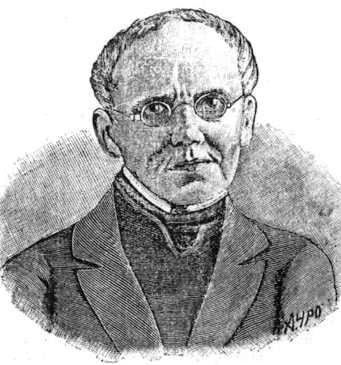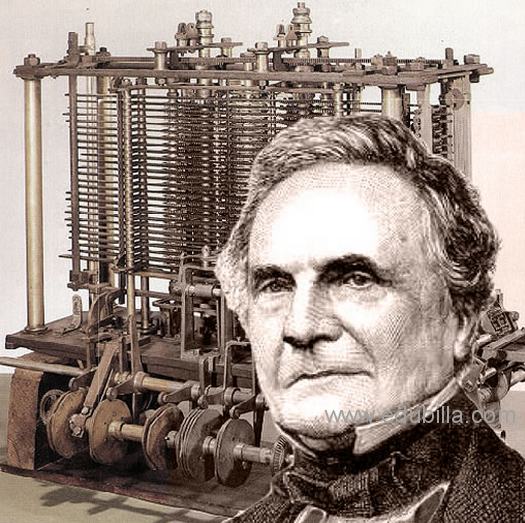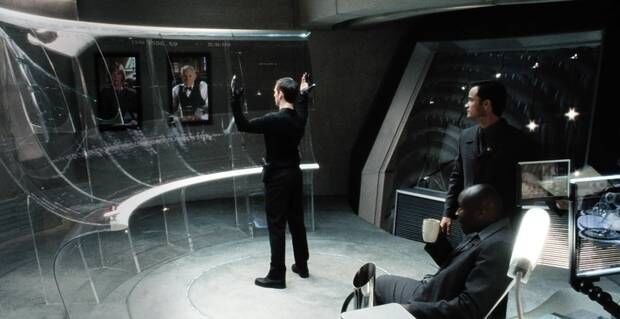week 1
Unit 23 Human-Computer Interaction
The aim of this unit is to ensure learners/students know the impact HCI has on society, economy and culture and provide the basic skills and understanding required to enable learners to design and implement human-computer interfaces.
Human-Computer Interaction (HCI) deals with the way people use technology. How do we give information to and receive information from computers and other digital devices? One of the biggest changes in the last 20 years has been the introduction of the graphical user interface and in many respects, this has revolutionized the ways in which we interact with computers. HCI is not confined to PCs. Consider a mobile phone or self-scan supermarket checkouts. These have carefully designed user interfaces to make them easier and faster to use. There are a number of broad definitions of HCI and these confirm that HCI is not confined to technical computing and that the subject crosses many boundaries. It could be included in the study of philosophy, engineering, psychology, physiology, behaviour and many other areas. The first part of this unit explores the impact of HCI on society, the economy and culture and looks at how HCI has developed and where it might be going next. The fundamental principles involved in designing user interfaces are discussed with particular emphasis on perception, behaviour models and information processing. Specialist needs and the adaptation of interfaces to meet these varied needs will be examined. The final part of the unit combines elements of HCI theory with learner's practical skills to enable learners to design and implement user interfaces for input and output, using a programming language of choice. Learners will evaluate interfaces and measure their effectiveness both quantitatively and qualitatively. This unit could be combined with other units involving software development.
Discussion: How does HCI (interaction) differ from HCI (interface)?
The beauty of design, Don Norman
Development: Early designs, restricted by hardware, designed to assist programmers
The first mouse (1964)

The computer mouse as we know it today was invented and developed by Douglas Engelbart, with the assistance of Bill English, during the 1960's and was patented on November 17, 1970. While creating the mouse, Douglas was working at the Stanford Research Institute, a think tank sponsored by Stanford University. (http://www.computerhope.com/issues/ch001083.htm)
Qwerty Keyboard

Most of us were taught that the man who invented the keyboard created the QWERTY design to slow typists down. The faster someone typed, the more often the typewriter jammed, so Christopher Scholes put common letters in hard-to-reach spots. (http://www.huffingtonpost.com/2013/)
Punched cards (1832)

Basile Bouchon developed the control of a loom by punched holes in paper tape in 1725. The design was improved by his assistant Jean-Baptiste Falcon and Jacques Vaucanson (1740) Although these improvements controlled the patterns woven, they still required an assistant to operate the mechanism. In 1801 Joseph Marie Jacquard demonstrated a mechanism to automate loom operation. A number of punched cards were linked into a chain of any length.

Each card held the instructions for shedding (raising and lowering the warp) and selecting the shuttle for a single pass. It is considered an important step in the history of computing hardware.

Semen Korsakov was reputedly the first to use the punched cards. in informatics for information store and search

Charles Babbage proposed the use of "Number Cards", "pierced with certain holes and stand opposite levers connected with a set of figure wheels advanced they push in those levers opposite to which there are no holes on the card and thus transfer that number"in his description of the Calculating Engine's Store
Development: extended command line editor (CLE)
Often used but never forgotten the CLE/CLI or command line editor/interface was the humble beginnings of the operating systems, many of the first PC machines use this interface to enable users to run commands to number crunch and perform tasks. These systems required specialist who knew the command key words to operate them. The commands that were used needed to be input into the system correctly, using the correct format for the operations to be triggered. This included using the correct upper or lower case characters as in some systems the word could be "del" or "Del" and yet the machine would/could use them in different ways.

Development: graphical user interface (GUI)
The graphical user interface revolutionerised the use of computers and computing, users were able to see things and then interact with them using a pointer, this opened up the use of PC's and computers to many users as the need to remember specialist commands was removed.

Investigate the tension between the two main competitors of operating systems. Research in to the development of the GUI's. Create an information document that describes why the tensions arose, and what happened as a result.

Development: web user interface (WUI)
Web user interfaces are used to provided input or output screens to users via internet webpages. These pages are in most places typicaly Javascript. The use of webpages and javascripts enable the use of the interfaces potentialy over a number of different platforms, these can be, mobile, tablet, specialised platforms and hardware, desktops and laptops.
Development: Specialised interfaces
Interfaces can be manipulated to enable access to information and services, take this browser for example, if you hold down the "CTRL" key and scroll upwards your browser will zoom in to the content. Other software uses additional hardware and in places bolt on software to assist users.
Screen magnifiers - these are either a piece of software built into the OS which zooms into specific regions on the screen, or a hardware magnifier. They are used by people with visual impairments who have difficulties reading the screen.
Screen readers - tools that allow internet pages and other documents to be read aloud. It is also possible to get hardware displays that will give a Braille output.
Alternatives to mice and keyboards - such as a foot-controlled mouse and a tube into which the user either blows or sucks to operate the computer.
Touchscreen with a head wand - by touching the wand onto the screen a user can operate the computer. They can also be used with an onscreen virtual keyboard.
Different types of keyboards - Braille keyboards can help visually-impaired users and there are also keyboards designed for one-handed typing.
Eye-tracking software - these enable users to control the computer by blinking.
Taken from BBC Bytesize.
Development: areas of present and future development
Technologies Shown in the "Minority Report", the future? present? past?

- Transparent display Mobile display Interaction using data glove 3D holographic display Holographic storage Interactive hologram Sensing human feeling Visualizing human feeling Real-time newspaper Virtual experience Interactive on-demand advertisement
Produce multimedia slides for a presentation on biometric devices and their uses. Focus on design and use, use diagrams where possible. As little text as possible/practical.
A useful site for reference is the HCI Bibliography.
1. Create a timeline to present the developments of HCI over the past 5 decades
- Name three aspects that are part of HCI.
- Identify three factors that have determined the development of HCI.
- What is a CLI?
- Give two other names that might be used instead of CLI.
- Name three advantages of a CLI.
- What is a GUI?
- Name three advantages of a GUI.
- Name two types of disability that HCI design should consider.
- What is a HUD?
- Name two ways HCI can make employees more productive in the workplace.
- What is deskilling?
In small groups (perhaps four), using a piece of flipchart paper and marker pens, jot down examples of how you have interacted with technology. You might want to start with a definition of HCI in the middle of the paper, then each member of your group notes their examples in separate corners. You have no more than five minutes for this part. Share your collective examples with another group. Are they similar or very different? You might want to take an image of the results using a mobile phone.
Last Updated
2018-04-16 13:27:00
Links to Learning Outcomes |
Links to Assessment criteria |
|
|---|---|---|
|
P1 describe the impact of HCI on society, the economy and culture D1 evaluate the impact of a potential future development in HCI [CT 3] |
LO1 Know the impact of HCI on society, the economy and culture |
English
Abbreviations
letter(s) or shortened word used instead of a full word or phrase
Morphology
a branch of grammar which studies the structure of words
Maths
Analysis of information: Interpreting Results, Drawing conclusions from data, Comparing data
Collect and record data: Questionnaires, Observation, Tally
How 2's Coverage
Tickets Please! - The teacher creates two key questions for students to answer before they leave the lesson. Their answers will let her know what to do next.
0
Files that support this week
Week 1←
PrevWeek 2←
Prev→
Next→
Next